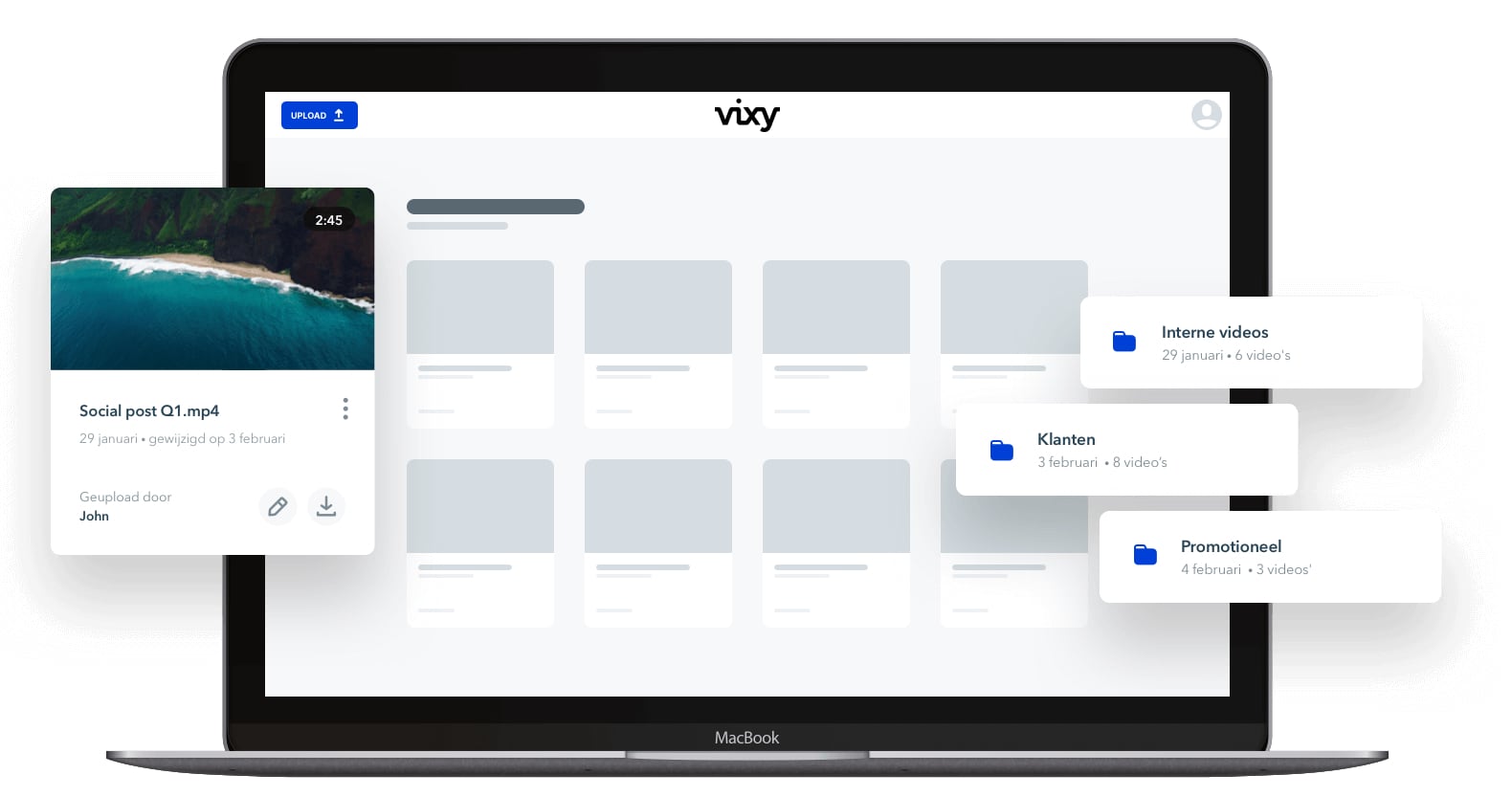Video Hosting: choose a reliable and flexible platform..

Video bandwidth is the amount of data that can be transferred during a stream within a specific amount of time. Put simply, video bandwidth is the maximum amount of data your server can carry in terms of how much traffic it can handle. It’s measured in bits per second(bps), Megabits per second(Mbps) or Gigabits per second(Gbps). So, for example, if the bandwidth is 50 Mbps, a maximum of 50 Mb data can be transferred per second on the channel.
In general, when it comes to video, bigger and higher quality files require more bandwidth to stream than shorter ones do. Let’s take a 1-hour video file as an example. If someone watches it all the way through:
at 360p = about 275 MB Bandwidth
at 480p = about 550 MB Bandwidth
at 720p = about 1 GB Bandwidth
With those benchmarks, we can say that 1TB of bandwidth would cover about 1000 hours of 720p streaming. For listening to a 1-hour audio file at 128kbps, about 56 MB Bandwidth. As a broadcaster, it is important to have a basic understanding of video bandwidth since it directly affects your streaming costs in most cases. The biggest takeaway should be that the length, quality, and viewership of your stream all determine how much bandwidth you will use.



